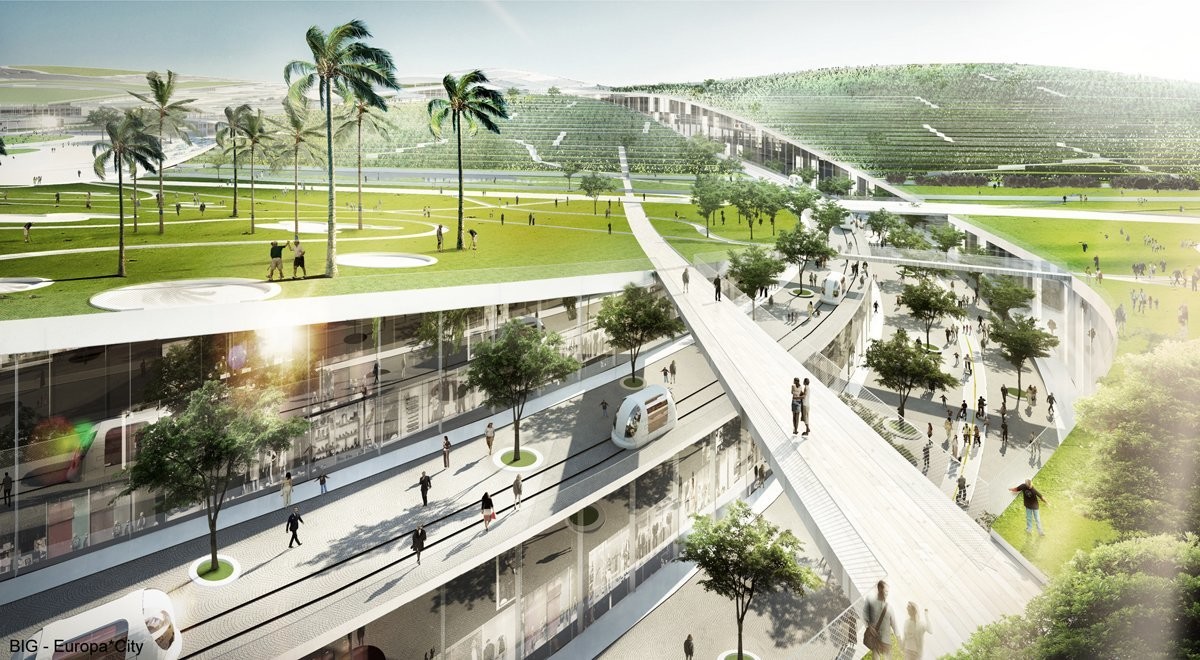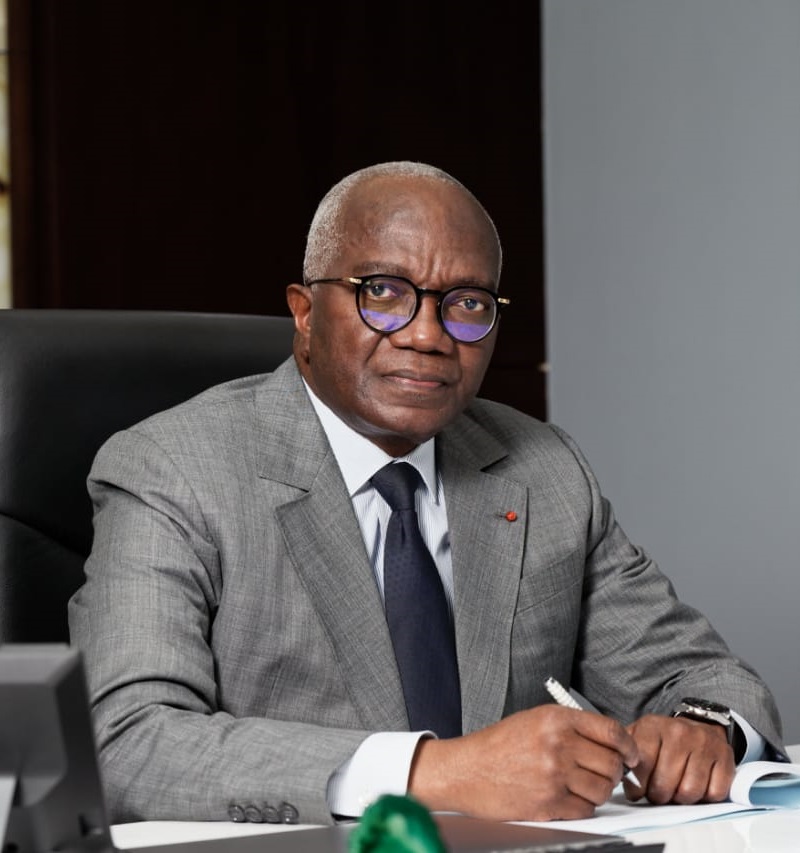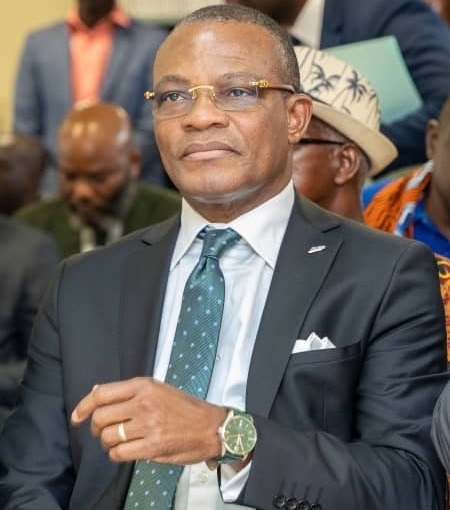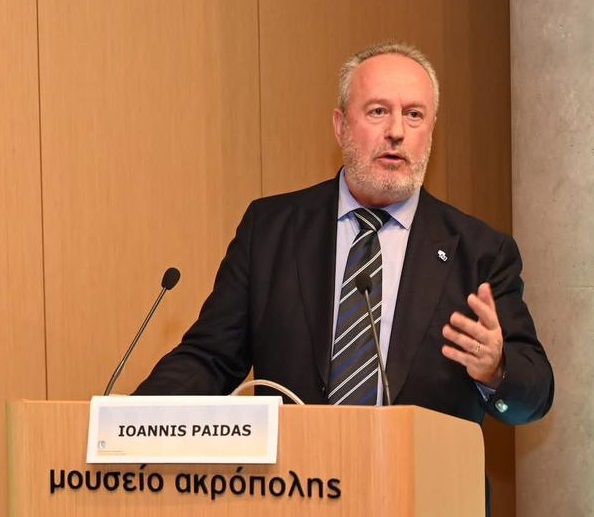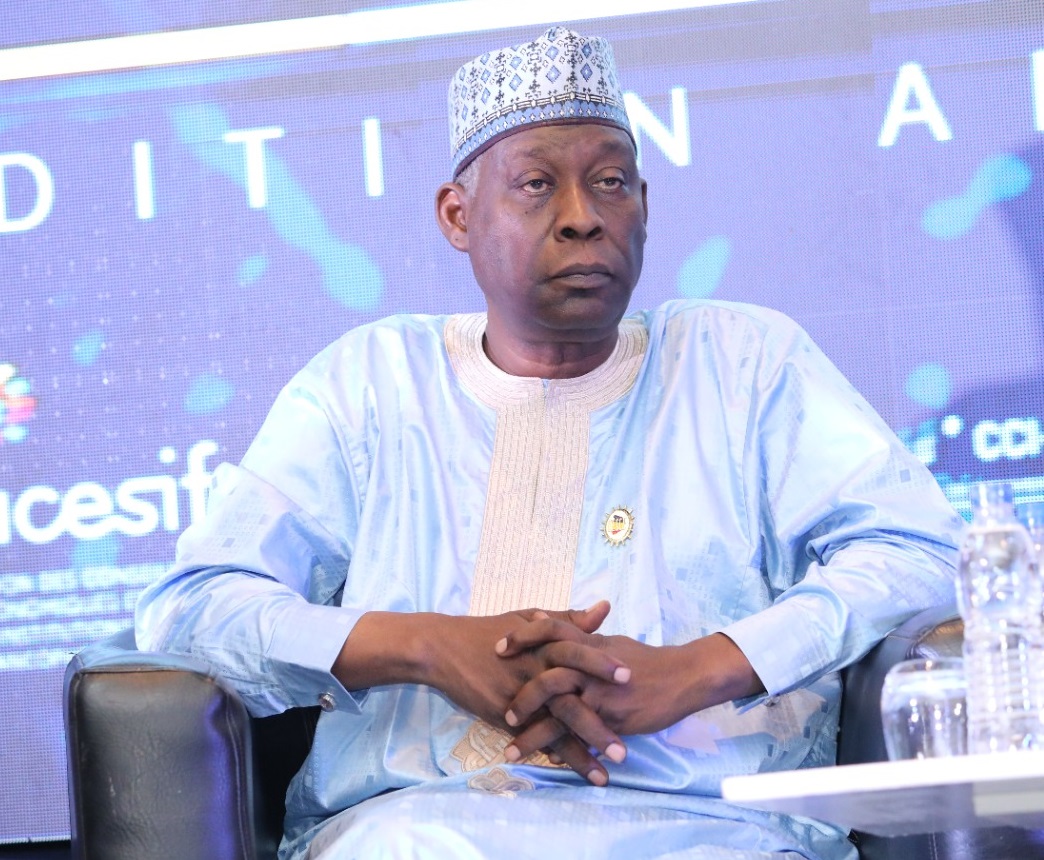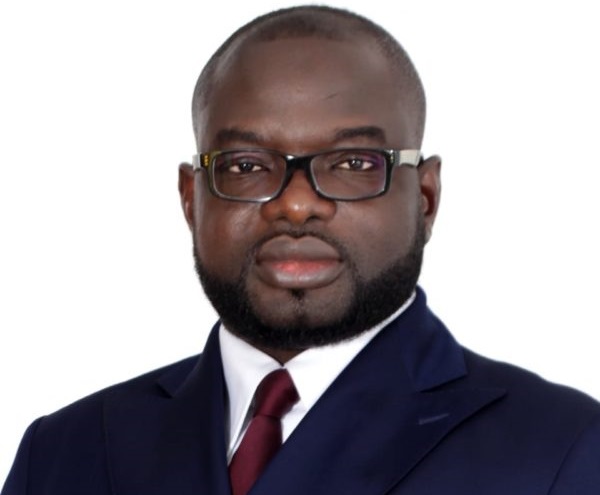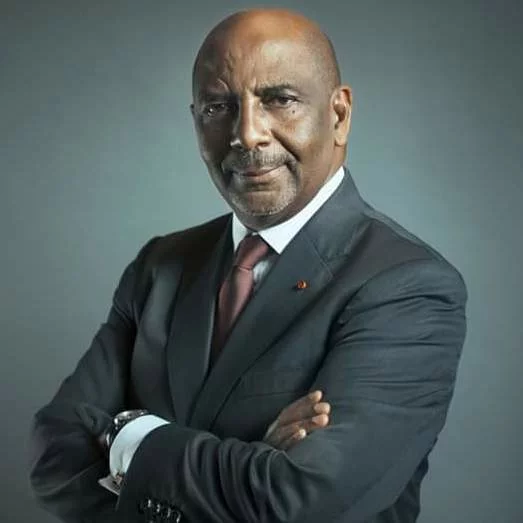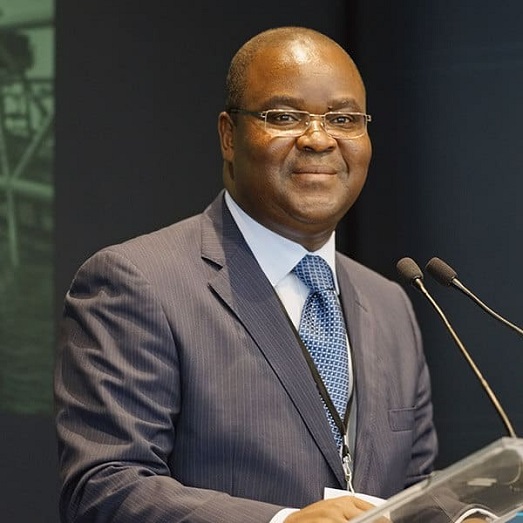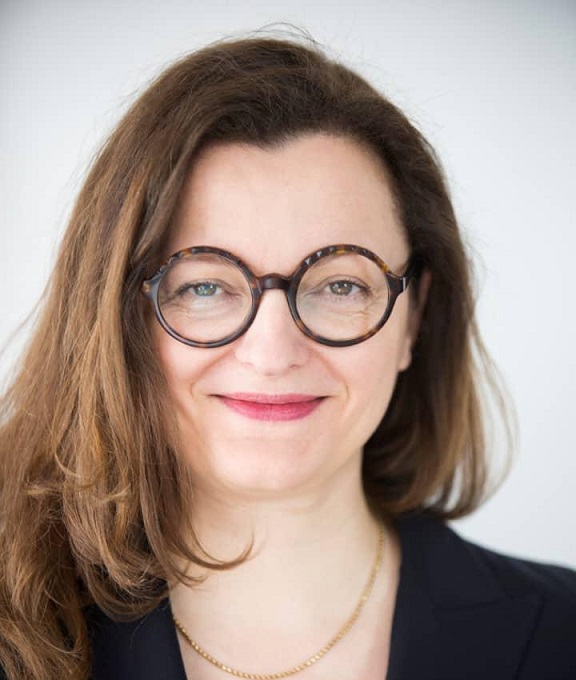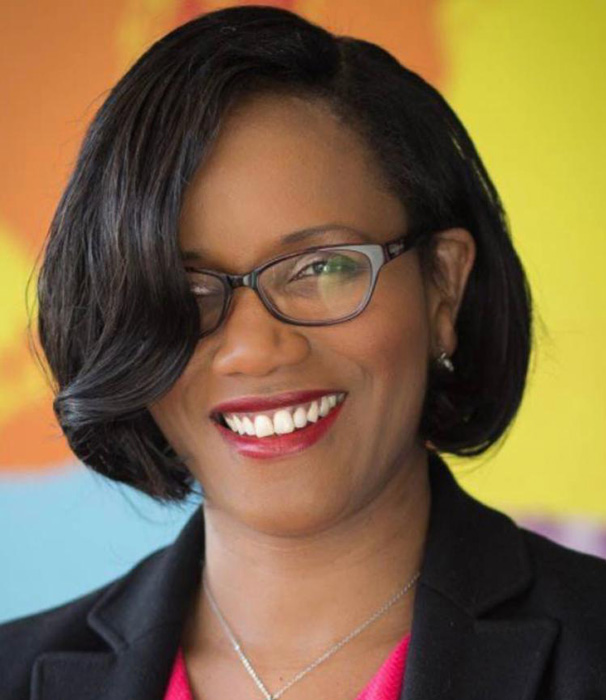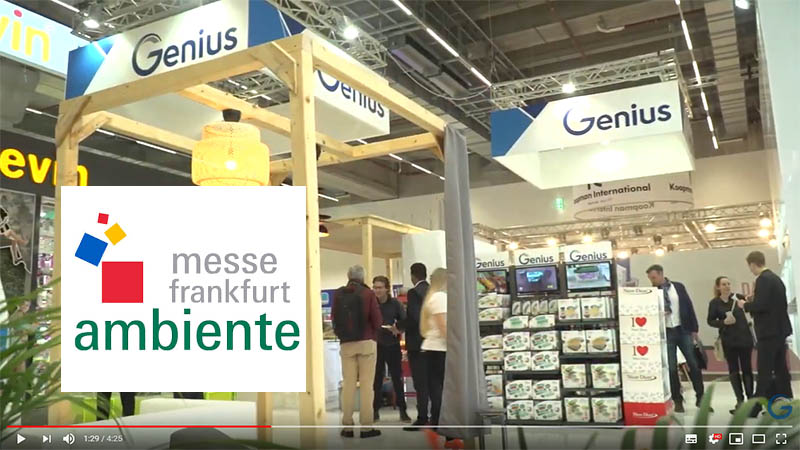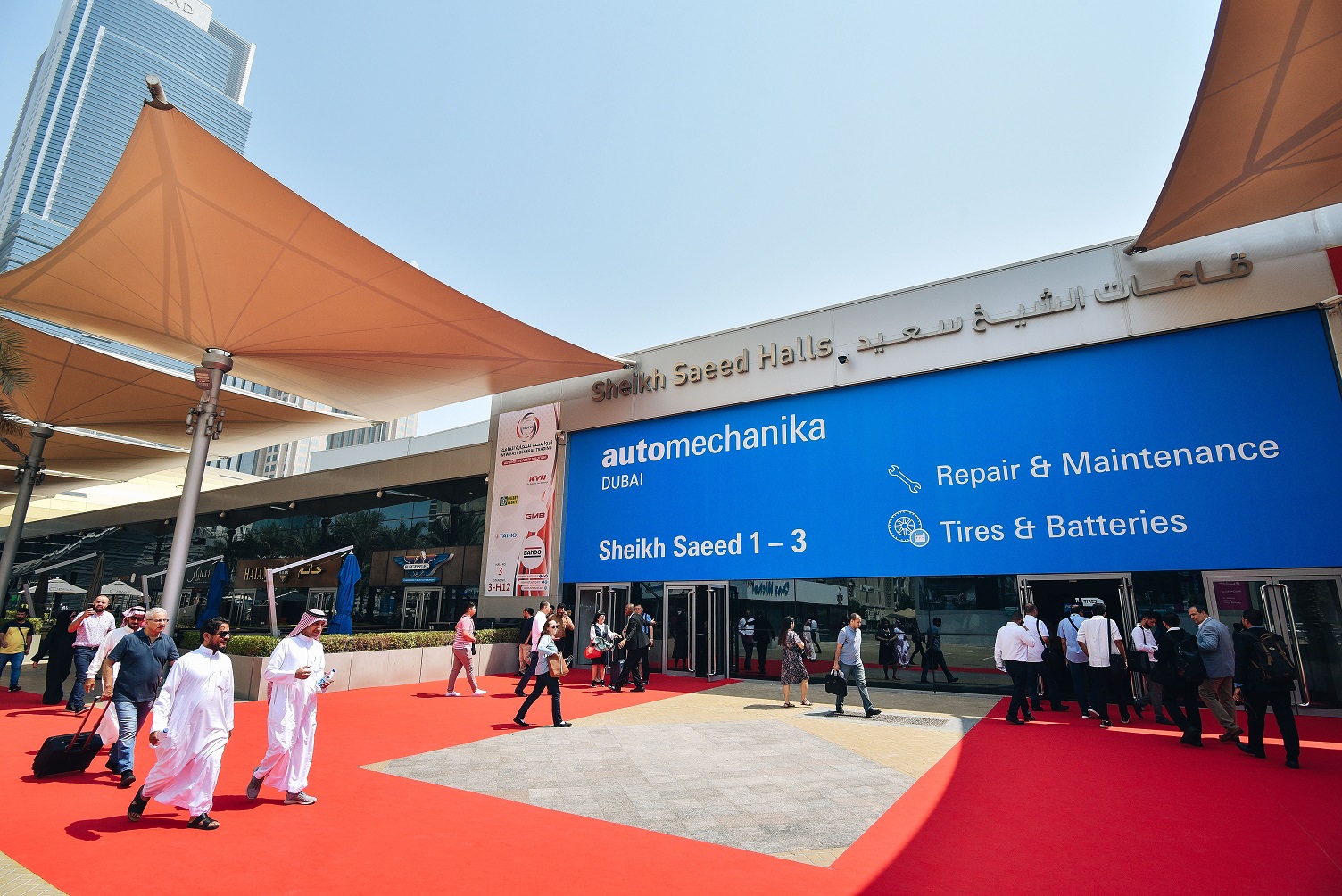The world is rapidly urbanizing. The United Nations predicts that the number of people living in cities could double by 2050 — to 6.5 billion.
To accommodate growing populations, cities like Paris, New York, and Tokyo are building more housing and public resources, including parks, schools, and subways, as part of large redevelopment plans.
Have you read?
These cities will likely look very different in the coming decades. Take a look at some of the biggest urban projects under construction below.
Shanghai, China — Todtown

Set to be complete by 2020, Todtown is a new mixed-use development in Shanghai’s Minhang District.
The development will feature 1,000 apartment units, a 1.3 million-square-foot shopping mall, an additional 580,000 square feet of retail, 1.5 million square feet of office space, and a 53,000-square-foot cultural center, according to InHabitat. Todtown will also incorporate lots of greenery, from green roofs to mini parks scattered throughout.
The master plan was created by Chicago-based architecture firm Goettsch Partners and Hong Kong-based studio Lead 8.
Construction on the $1.5 billion project began in 2014.
Cairo, Egypt — New Cairo Capital

East of downtown Cairo, New Cairo Capital will be a 270-square-mile hub with 21 new residential districts — enough housing for five million people.
The development is being financed largely by Chinese developers. (The China Fortune Land Development Company, for instance, put down $20 billion for the project in late 2016, according to CNN.)
New Cairo Capital will also feature 1,250 mosques and churches, a 5,000-seat conference center, nearly 2,000 schools and colleges, over 600 medical facilities, and what is projected to be the world’s largest park.
Egypt Housing Minister Mostafa Madbouly told the BBC that the project would cost $45 billion and be complete by 2022. Construction began in 2015.
Paris, France — Europa City

In 2016, Paris began building an 8.6-million-square-foot mixed-use development, called Europa City, north of downtown.
Designed by Danish architecture firm Bjarke Ingels Group (the company behind Google’s California headquarters), Europa City promises housing, shops, and restaurants, though the exact numbers of each are not confirmed yet. The development is also slated to include plazas, an artificial ski slope, open walkways, a golf system, and a new transit system.
Triangle de Gonesse, the suburb where it will be located, is still largely rural. But according to Europa City’s developers, the goal of the $3.4 billion project is to connect the area with urban Paris and reduce congestion downtown.
Construction started in 2016 and is expected to wrap up by 2024.
Istanbul, Turkey — New City Istanbul

New City Istanbul is a development that re-imagines the 8,000-year-old river city.
In April 2016, the Metropolitan Municipality Council approved the plan to build approximately 50,000 residences in seven towers on the few remaining large slots of land near Istanbul’s center, local news outlet The Daily Sabah reported. The 93.6 million-square-foot area was once a military zone.
The development will also feature a shopping center, a 6,200-space underground parking garage, a 26.9-million-square-foot park, a movie theater, an ice rink, and an airport that’s being billed as the world’s largest.
The exact timeline and cost for the project has not been disclosed yet, but construction began in late 2016. The airport alone, set to open in 2018, has attracted over $6 billion in funding.
New York City, USA — The World Trade Center site

Since the September 11 attacks in 2001, New York City has been working to redevelop the 16-acre Manhattan site where the Twin Towers and surrounding buildings stood.
As of July 2017, much of the project has been completed, including 1 World Trade Center (also known as the Freedom Tower, the tallest skyscraper in the city), 4 World Trade Center, 7 World Trade Center, a new transit hub, the 9/11 memorial and museum, a mall, and a park. Three more towers, a small church, and a performing arts center are still in the works. Construction is set to be finished by 2020.
São Paulo, Brazil: The city’s new master plan

In 2014, São Paulo unveiled its new master plan, which will dramatically change the city over the next two decades.
The plan calls for more people-oriented development, including new housing, bike lanes, dedicated bus lanes, and a reduction in the number of existing parking spaces.
As Next City notes, the city currently faces a housing shortage of up to 500,000 units. Approximately 1.2 million São Paulo residents live in favelas — concrete-and-iron shantytowns — or abandoned buildings downtown, called cortices.
According to the new master plan, the city plans to build 717,000 new residential units, 240,000 of which will be designated as affordable, by 2030. The Centro de Acçao Social por Música, which was completed in 2015, was one of the first buildings included in the plan to open. The four-story community center includes a bus stop, playing field, urban farm, terrace, and performance hall.
Tokyo, Japan: Shibuya Station Area Redevelopment

Tokyo is preparing for the 2020 Summer Olympics, which has spurred a number of redevelopment projects in the city. Citywide, at least 45 new skyscrapers will be constructed by 2020 — a 50% increase in high-rises over the next three years, according to Bloomberg.
Seven skyscrapers will be part of the Shibuya Station Area Redevelopmentproject: Six will be used for offices and retail, and one will be a 32-story condo building. The plan also calls for a redeveloped « Shibuya River, » a narrow pedestrian walkway that will feature new shops and greenery when it opens in early 2018.
The full multi-billion-dollar project is set to be complete by 2027.
London, England: The Battersea Power Station developmentA rendering of Apple’s new UK headquarters, part of the Battersea Power Station Development.Battersea Power Station
The renovation of the Battersea Power Station — the iconic building featured on the cover of Pink Floyd’s 1977 album « Animals » — is at the center of a larger mega-development in London’s Nine Elms neighborhood.
The estimated $16.5 billion (£13 billion) project will include new residential and commercial complexes, including apartments, hotels, and offices. Construction is slated to proceed in seven phases — the first began in 2014 and the last is expected to finish in 2025.
Spanning over 8 million square feet, the construction site for the Battersea Power Station development is the largest in London in 30 years, according to Dave Twohig, chief development officer at Battersea Power Station Development Company.
Apple, the complex’s anchor tenant, will move its London headquarters to the former power station in 2021. The company is expected to take up 40% of the building’s available office space.
With weforum


